resource
RIGHTS AND RESPONSIBILITIES
In May 2007, the members of the ANAB Management Systems Accreditation Committee decided to explore what they could do to demonstrate the value of accredited certification. One outcome was a document titled “The Certification Client Bill of Rights and Responsibilities,” a tool to promote understanding of accredited certification.
The Certification Client Bill of Rights and Responsibilities
Third-party accredited certification is a professional relationship between a client being certified, the certification body (CB), the CB’s auditors, the accreditation body (AB), and the AB’s assessors. In the United States, the recognized AB for management systems certification is the ANSI National Accreditation Board (ANAB), a signatory of the International Accreditation Forum multilateral recognition arrangements for quality and environmental management systems.
These parties all contribute to the integrity of accredited certification and continual improvement based on processes that assure capability, competence, and impartiality. From time to time, a certified client may be dissatisfied with the services of a CB or CB auditor. Options include leaving one CB for another. However, continual improvement also applies to CBs and CB auditors. Therefore, certified clients are encouraged to provide feedback to ANAB whenever they sense inadequacy with their CB. Thus, herewith is the Client Bill of Rights and Responsibilities.
The client has a Right to expect:
That the audit team assigned to the audit has the collective competence with regard to the processes or services that the client lists in its scope of certification.
The audit team to perform a thorough audit of the processes that support the management system, and to collect through interviews of personnel, observation, and review of documents the objective evidence necessary to determine conformance or nonconformance to the requirements of the relevant standard(s).
That no auditor will consult with or provide solutions to the client.
To be made aware that disagreements with an auditor’s “interpretation” in documented findings related to the applicable standard(s) may be disputed and/or appealed to the CB through a formal process. If this process is not resolved to the satisfaction of the client, the appeal may be elevated to ANAB as a complaint for further consideration.
The auditor or CB to recommend more frequent surveillance visits when routine scheduled surveillance identifies numerous findings indicating the client is not self-managing its management system processes adequately.
The auditor or CB to add additional audit time to the next surveillance or recertification audit if findings require verification of implementation and effectiveness to ensure there is no reduction to the required audit duration times.
To receive its certificate in a timely manner after successful audit finding resolution, review, acceptance, and closure.
Furthermore, the client has a Responsibility:
To respond to audit findings in a timely manner and sincerely seek to implement immediate correction, discover the root cause that leads to effective corrective action and can also result in preventive action, and thus encourage true continual improvement.
To notify ANAB through the ANAB complaint process when they replace their CB with another because of dissatisfaction.
ISO/IEC 17021, the International Standard that applies to management systems CBs, includes a principle on Responsibility (clause 4.4), which states:
The client organization, not the certification body, has the responsibility for conformity with the requirements for certification.
The certification body has the responsibility to assess sufficient objective evidence upon which to base a certification decision.
Based on audit conclusions, it makes a decision to grant certification if there is sufficient evidence of conformity, or not to grant certification if there is not sufficient evidence of conformity.
When all the parties involved understand and execute their responsibilities, accredited certification achieves its purpose of providing confidence that a management system fulfills specified requirements.
